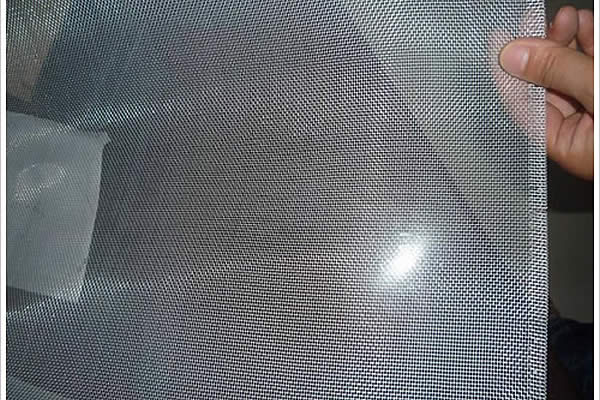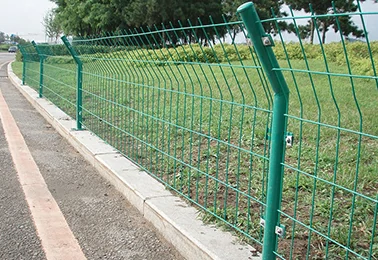Thin gabion walls are transforming the landscape of modern construction, swiftly gaining ground as the go-to solution for architects, engineers, and DIY enthusiasts who appreciate their sleek, yet robust nature. These structures, made of wire mesh filled with rocks or recycled materials, offer a plethora of benefits that extend beyond traditional retaining walls. In a world where sustainability and efficiency are crucial, thin gabion walls provide an innovative and eco-friendly alternative.

Their distinct advantage lies in their adaptability and ease of installation. Unlike conventional masonry walls, thin gabion walls require no mortar, making them extremely flexible and capable of fitting into various topographical layouts with ease. This feature has led many landscape architects to recommend them for both urban and rural projects. The permeability of the gabion walls also addresses drainage needs efficiently, reducing the risk of erosion and water buildup behind the wall. This natural drainage capability not only enhances structural stability but also supports local ecosystems by allowing free movement of earthworms and other small fauna.
The aesthetic appeal of thin gabion walls cannot be overstated. With the ability to customize the fill material, they offer a creative canvas for designers. From sleek, uniform stones to a mix of colorful recycled glass, the visual variations are limitless. This customization allows properties to align with specific aesthetic values or regional characteristics, making each thin gabion wall installation unique. These walls blend seamlessly into the natural surroundings, often creating a harmonious balance between man-made and natural elements, a quality highly sought after in sustainable design practices.

The environmental benefits of thin gabion walls make them an attractive choice in an era where ecological responsibility is paramount. These structures are primarily composed of local and recycled materials, significantly reducing the carbon footprint associated with transport and production. Furthermore, their long lifespan and low maintenance requirements ensure that they remain an environmentally friendly option throughout their use. Unlike concrete walls, gabions do not require regular repair or reinforcement, which enhances their appeal as a cost-effective, sustainable option.
From a structural perspective, thin gabion walls are remarkably sturdy. Their flexible nature enables them to withstand significant force without cracking or breaking, making them ideal for regions prone to seismic activity. The dynamic design allows them to absorb and dissipate energy efficiently, therefore resisting and reducing potential damage during earthquakes. This resilience has been verified through various studies and field tests, confirming their reliability in diverse environments.
thin gabion wall
The versatility of thin gabion walls is extensive; they serve not only as retaining walls but also as sound barriers, decorative garden features, and even as facades for industrial buildings. In urban environments, they provide an appealing alternative for privacy screens or noise reduction solutions, significantly enhancing the quality of life for city dwellers by minimizing noise pollution. Park designers are also integrating thin gabion walls into landscape designs as seating or resting areas, enriching public spaces with their functional beauty.
The affordability of thin gabion walls is another factor driving their popularity. With minimal construction requirements, they save on labor and material costs. Their low installation costs, paired with their durability, make them a financially wise investment for both residential and commercial projects. The reduced need for machinery and skilled labor during installation adds to their economic viability, bringing sophisticated design to projects with tight budgets.
Safety and durability are at the forefront of thin gabion wall design, with manufacturers adhering to stringent industry standards to ensure quality and reliability. The materials used are often galvanized or coated to resist corrosion, even in the harshest environments, promising longevity and structural integrity.
In conclusion, thin gabion walls represent the pinnacle of modern construction, merging functionality with aesthetic and ecological benefits. Their role in sustainable architecture continues to grow, offering a future-proof solution for eco-responsible building practices. As a testament to their versatility, cost-effectiveness, and environmental benefits, thin gabion walls are forging a new path in the architectural world—one that harmonizes human construction with nature's brilliance.
 TEL:
+86-13102802206
TEL:
+86-13102802206
 Email:
fencenetting@china.com
Email:
fencenetting@china.com
 Language
Language
 TEL:
+86-13102802206
TEL:
+86-13102802206
 Email:
fencenetting@china.com
Email:
fencenetting@china.com
 Language
Language



